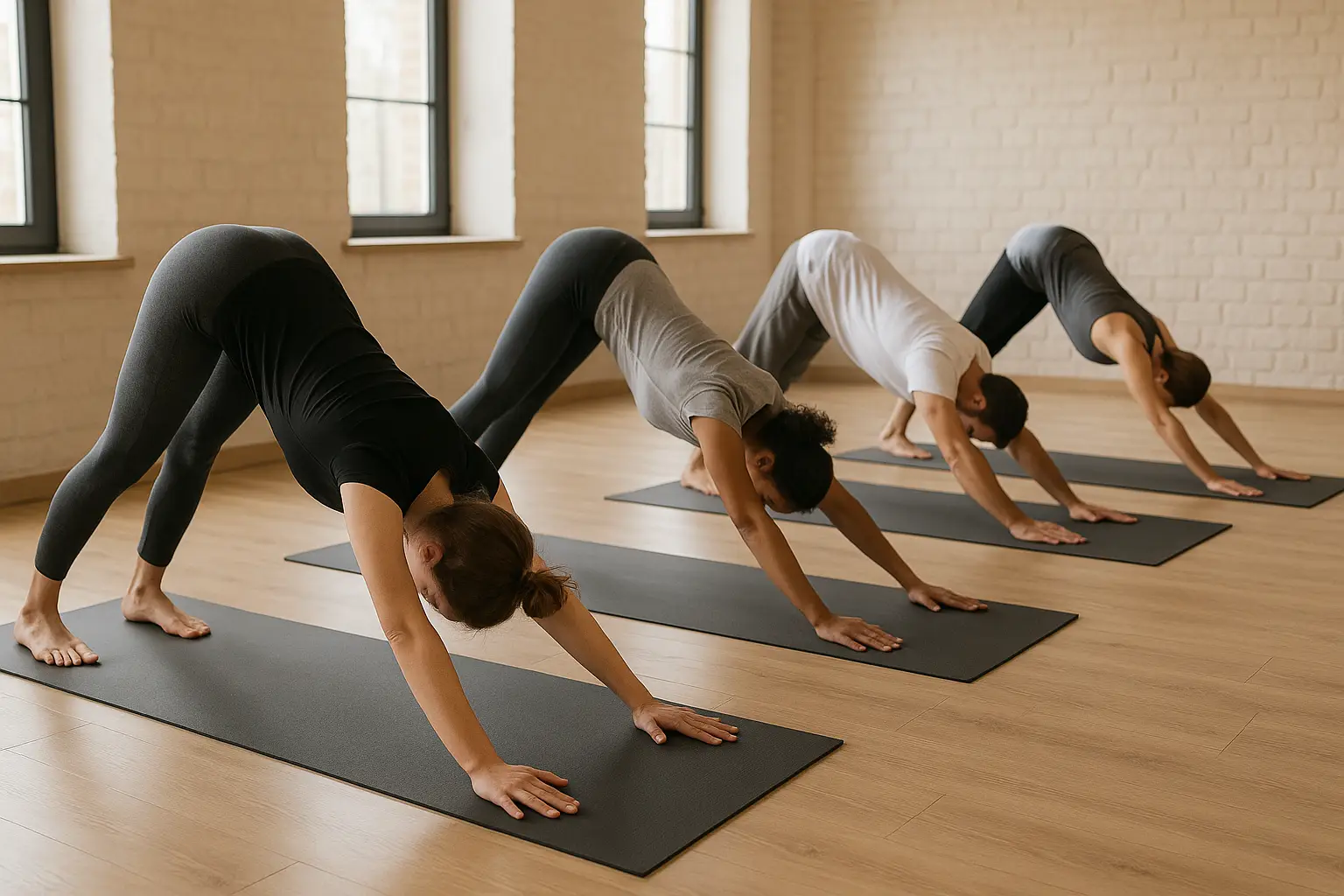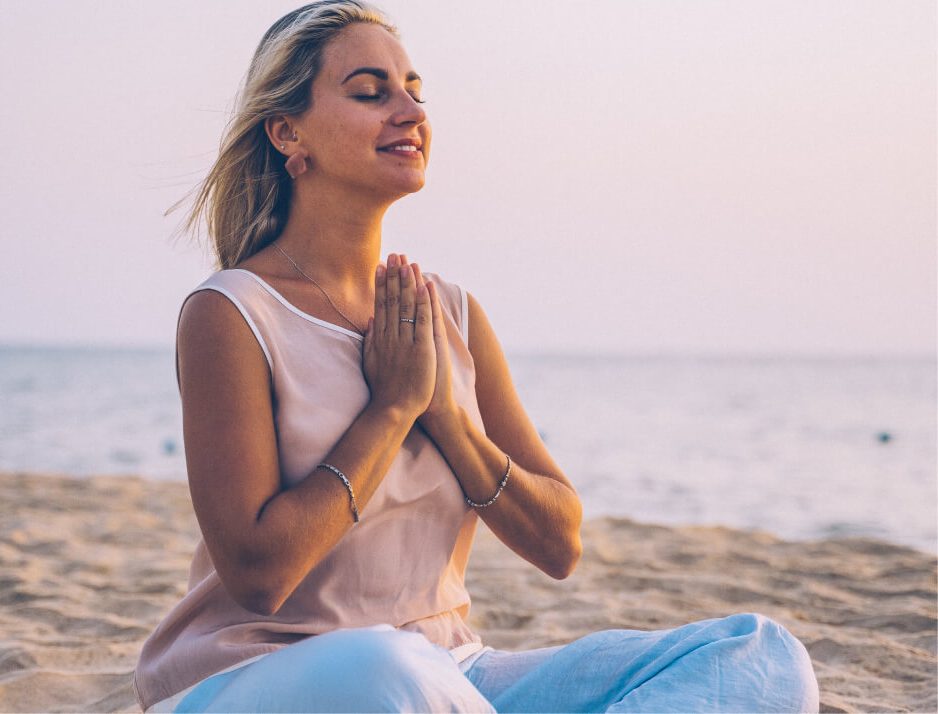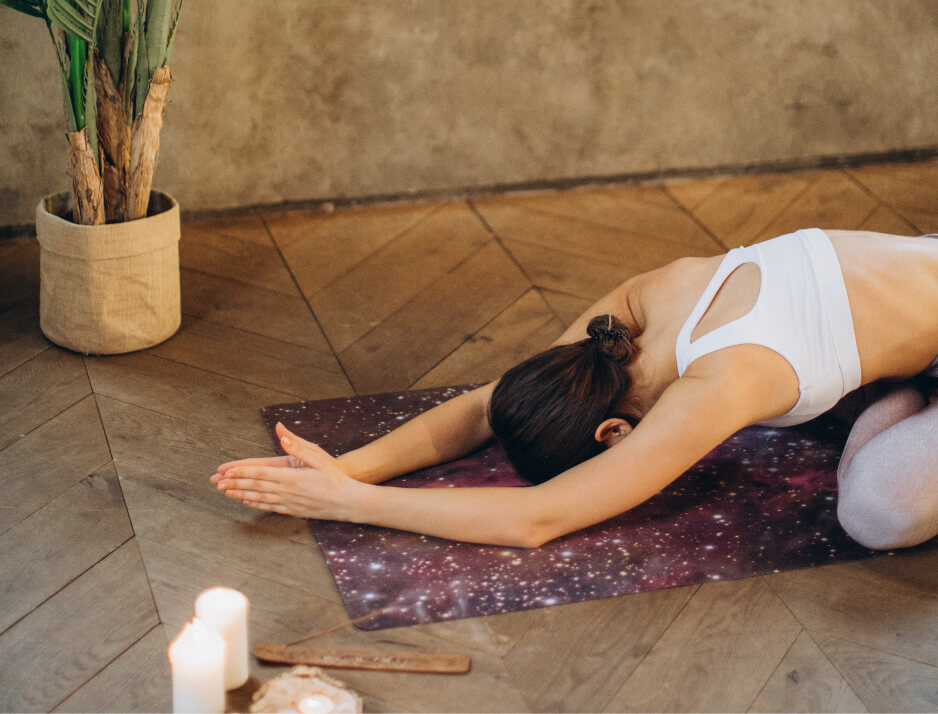Downward-Facing Dog, or Adho Mukha Svanasana in Sanskrit, is arguably one of the most recognizable and frequently practiced poses in yoga. Often referred to simply as “Downward Dog,” this inversion offers a multitude of physical and mental benefits, making it an indispensable part of any beginner’s yoga journey. While it might feel challenging initially, with consistent practice, Downward Dog becomes a restorative and energizing posture.
At its essence, Downward Dog is a full-body stretch that simultaneously strengthens your arms and legs. It creates length in your spine, opens your shoulders, and stretches your hamstrings and calves. This pose is a fantastic way to increase flexibility and build overall strength, preparing your body for more advanced asanas.
Stepping into Your Downward Dog
Begin on your hands and knees, ensuring your wrists are directly beneath your shoulders and your knees are directly beneath your hips. Spread your fingers wide and press firmly into the1 entire surface of your hands, distributing your weight evenly. This will protect your wrists.
Tuck your toes under and, on an exhale, lift your hips up and back, forming an inverted “V” shape with your body. Your hands and feet should be shoulder-width and hip-width apart, respectively. Initially, keep a generous bend in your knees. This allows you to focus on lengthening your spine. Imagine drawing your hips up and back, creating as much length as possible from your wrists to your tailbone.
As your hamstrings begin to release with practice, you can gradually work towards straightening your legs, pressing your heels towards the floor. It’s important to remember that your heels don’t need to touch the ground; focus on maintaining the length in your spine rather than forcing your heels down.
Allow your head to hang freely between your arms. Your gaze can be towards your feet or your navel. Keep your neck relaxed and avoid any tension. Engage your core muscles to support your spine and maintain stability in the pose. Breathe deeply and evenly throughout.
A Symphony of Benefits
The benefits of Downward-Facing Dog are extensive. Physically, it powerfully stretches your shoulders, hamstrings, calves, and spine. It strengthens your arms, shoulders, and legs, building essential upper and lower body strength. The pose also improves circulation as your head is below your heart, and it can help to relieve tension in the back and neck.
Mentally, Downward Dog is known for its calming effects on the brain. As a mild inversion, it can help to relieve stress and mild depression. The act of holding the pose requires focus and concentration, helping to quiet the mind and cultivate present moment awareness. It can also be energizing, counteracting fatigue and revitalizing the body and mind.
Modifications and Variations for Beginners
If you find Downward Dog challenging initially, there are several modifications you can explore. You can keep a significant bend in your knees, focusing on the spinal elongation. You can also widen your stance for more stability. If you experience wrist pain, try placing your forearms on the floor for Dolphin Pose, which offers similar benefits with less pressure on the wrists.
As you progress, you can explore variations like Three-Legged Downward Dog (Eka Pada Adho Mukha Svanasana) to further challenge your balance and hip flexibility. However, for beginners, focusing on proper alignment and building strength in the foundational pose is key.
Integrating Downward Dog into Your Flow
Downward-Facing Dog serves as a transitional pose between many other asanas in a yoga sequence. It’s often used as a resting pose in more dynamic flows, allowing you to catch your breath and re-establish your alignment. Pay attention to how your body feels in Downward Dog and use it as an opportunity to connect with your breath and your inner experience.
In conclusion, Downward-Facing Dog is a cornerstone of yoga practice, offering a wealth of physical and mental benefits for beginners and experienced practitioners alike. Embrace the initial challenge, focus on proper alignment, and enjoy the journey of discovering the strength, flexibility, and inner calm this powerful pose cultivates.



